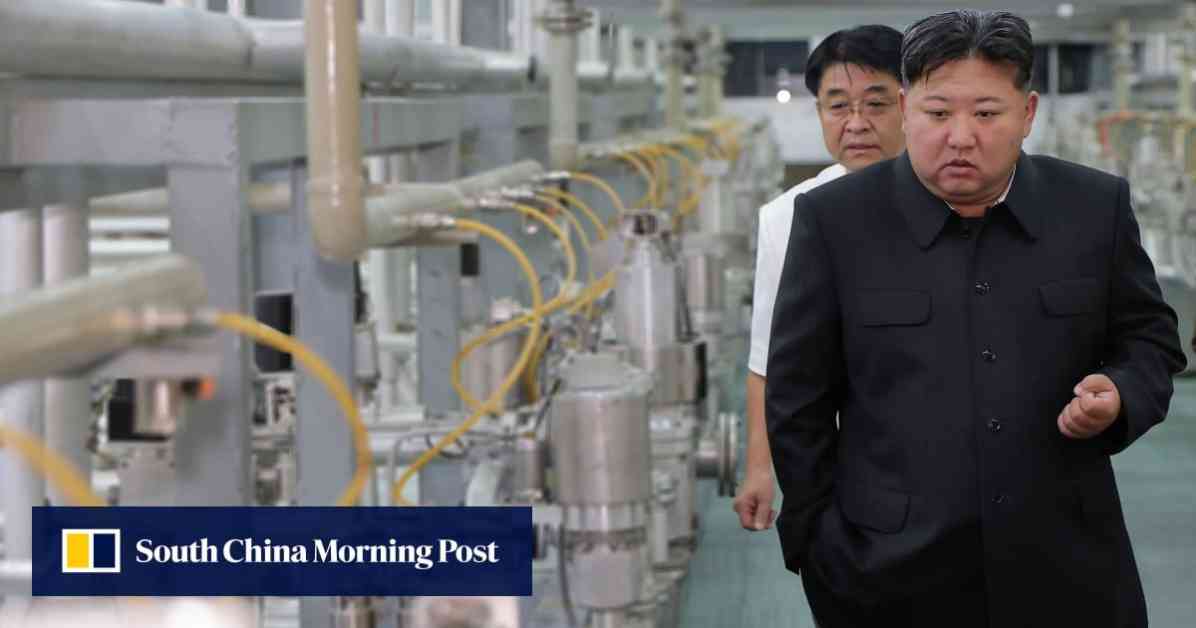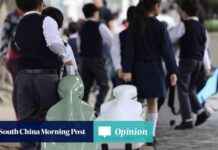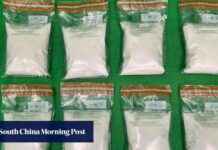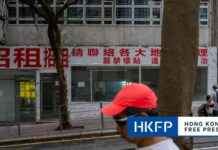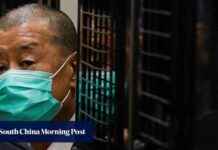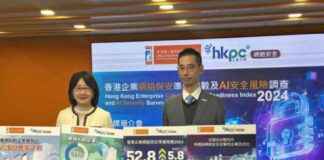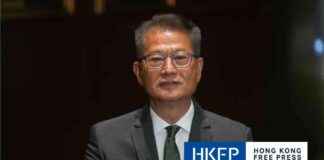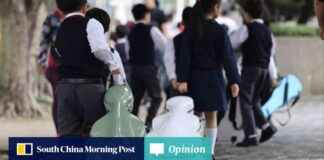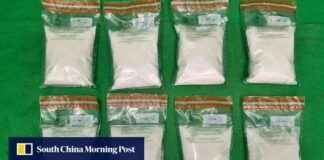North Korea’s Undeclared Uranium Enrichment Site Revealed in Satellite Images
Satellite images have revealed a potentially undeclared uranium enrichment facility just outside North Korea’s capital, Pyongyang. Analysts have suggested that this site may be used for building nuclear bombs, raising concerns about the secretive nation’s nuclear capabilities.
The recent images released by North Korea show leader Kim Jong-un inspecting centrifuges used to produce fuel for nuclear weapons. This marks the first time that the country has publicly displayed such technology, signaling a potential escalation in its nuclear ambitions. Kim Jong-un’s visit to the uranium enrichment facility was accompanied by calls for the production of more weapons-grade material to strengthen North Korea’s arsenal.
The facility in question, known as Kangson, has long been suspected of being a covert uranium enrichment plant. Jeffrey Lewis, a non-proliferation expert at the Middlebury Institute of International Studies, has noted that the images released by state media match features seen in satellite imagery of the site. This discovery raises concerns about North Korea’s nuclear capabilities and the potential threat it poses to regional and global security.
The Implications of Undeclared Uranium Enrichment
The revelation of an undeclared uranium enrichment facility in North Korea has significant implications for international efforts to curb the spread of nuclear weapons. The existence of such a facility suggests that North Korea may be actively working to expand its nuclear weapons program, despite previous diplomatic efforts to denuclearize the Korean Peninsula.
The development of a covert uranium enrichment site raises questions about the effectiveness of international monitoring and verification mechanisms. It highlights the challenges of detecting and preventing the proliferation of nuclear weapons, especially in countries with secretive and authoritarian regimes like North Korea.
The discovery of the Kangson facility underscores the need for increased scrutiny and vigilance in monitoring North Korea’s nuclear activities. It serves as a reminder of the importance of maintaining a strong and robust non-proliferation regime to prevent the spread of nuclear weapons and technology.
Security Concerns and Regional Stability
The presence of an undeclared uranium enrichment facility in North Korea raises concerns about regional security and stability. The country’s nuclear ambitions have long been a source of tension in East Asia, with North Korea’s nuclear program posing a direct threat to neighboring countries like South Korea and Japan.
The development of a covert uranium enrichment site could potentially accelerate North Korea’s nuclear capabilities, increasing the risk of a nuclear conflict in the region. The presence of such a facility heightens fears of nuclear proliferation and raises questions about the effectiveness of existing diplomatic efforts to address North Korea’s nuclear program.
The discovery of the Kangson facility underscores the need for a coordinated and multilateral approach to address North Korea’s nuclear ambitions. It highlights the importance of engaging with regional partners and international organizations to prevent the further spread of nuclear weapons and technology in East Asia.
The Way Forward: Diplomacy and Deterrence
As the international community grapples with the revelation of an undeclared uranium enrichment facility in North Korea, diplomatic efforts must be intensified to address the growing threat of nuclear proliferation. Dialogue and engagement with North Korea are essential to prevent further escalation and ensure regional stability.
At the same time, strong deterrence measures must be maintained to discourage North Korea from pursuing its nuclear ambitions. The United States and its allies must send a clear message that any attempts to expand North Korea’s nuclear weapons program will be met with firm resistance and consequences.
The discovery of the Kangson facility serves as a wake-up call for the international community to reevaluate its approach to North Korea’s nuclear program. It requires a combination of diplomatic engagement, economic pressure, and deterrence measures to address the threat posed by North Korea’s nuclear ambitions effectively.
In conclusion, the revelation of an undeclared uranium enrichment facility in North Korea highlights the need for renewed efforts to address the country’s nuclear program. It underscores the challenges of detecting and preventing nuclear proliferation and emphasizes the importance of maintaining a strong non-proliferation regime. The international community must work together to engage with North Korea diplomatically, uphold deterrence measures, and prevent the further spread of nuclear weapons in East Asia.
